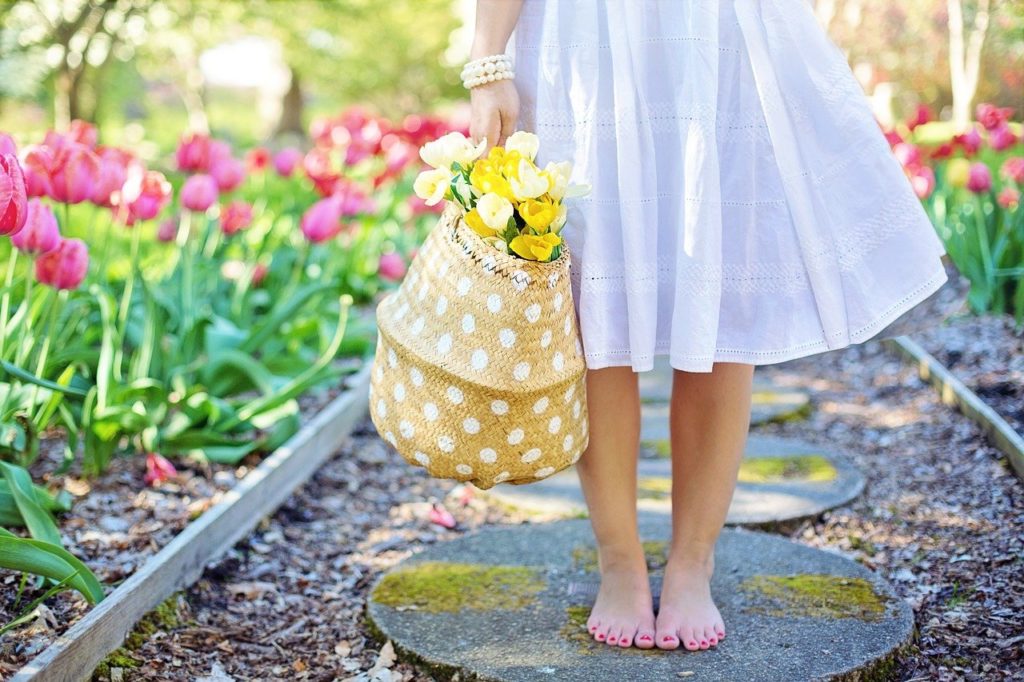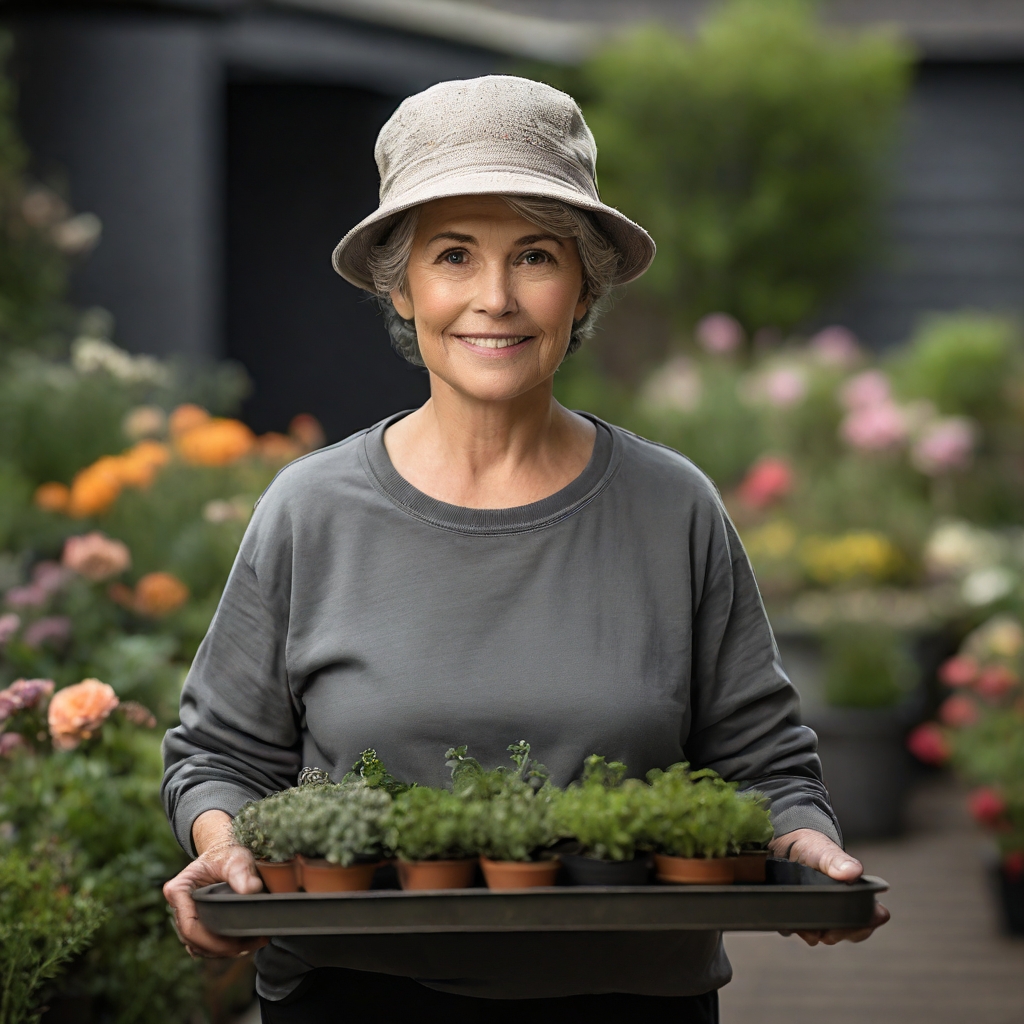
The word for ‘paradise’ comes from the Persian word for a garden and means the same thing in every culture. It is representative of ‘paradise on earth’ and is our opportunity to own a little bit of heaven – in the here and now. It has a restorative significance as a healer when we understand that gardens provide us with a place of sanctuary and well-being.
A special place that can provide a refuge from stress, “the health epidemic of the 21st century” according to The World Health Organization. A garden can provide a place of healing and peace in between life’s overload.
Whether an indoor garden is a few pots on a windowsill or a lush garden room, or the huge outdoors, what matters is that plants add a dimension to the home/and or workplace that literally changes the energy and adds life. There is something about caring for plants and tending to them whether watering, re-potting, or touching the leaves that re-connects us on a deep level with an overwhelming sense of awe. As we plant the seeds for future growth or see the cyclical nature of the gardens we nurture, time stands still, and we bask in the knowledge of our relationship to the earth, and to the spiritual aspect of ourselves.
Reasons for creating an indoor garden include:
- corners in rooms and on furniture are softened when plants are introduced and placed in these areas;
- living plants create feelings of calm and well-being;
- starting seeds indoors provides a jump-start on spring for those of us who get twitchy fingers in January and allows us to grow different types of plants not usually available from greenhouses;
- growing herbs indoors facilitates our ability to cook with fresh herbs all year round;
- teaching children to garden provides an opportunity for the healing aspects of gardening to become a life-long aspect of their lives;
- indoor gardening is a stress-management tool taught in various classes related to providing a higher quality of life for people dealing with loss through death, divorce, or trauma in their lives.
Steps to Creating your Indoor Garden
1. Purpose – what do you want to achieve – healing, meditation, growing herbs for cooking, or a project with the children?
2. Space – how much space is available – living room, corner of the bedroom, windowsill, a small plot of land?
3. Seating – is there room in your space for a seating area?
4. Characteristics – create a specific type of garden such as a collection of Ficus, orchids, herbs, ferns, vegetables.
5. Features – include water features such as fountains, art, sentimental objects, wind chimes, statues, benches, a place for garden tools.
6. Location – is the location conducive to gardening indoors/outdoors?
7. Light – is the light adequate or will you need artificial lights growing indoors, is the plot of land receiving enough light during the day for growing outside?
8. Plants – what plants will you grow?
Gardens can include anything from a tabletop garden, herb garden, healing garden, meditation garden, container garden, water garden, or wildlife garden.
Thomas Moore wrote, “We may have to learn again the mystery of the garden: how its external characteristics model the heart itself, and how the soul is a garden enclosed, our own perpetual paradise where we can be refreshed and restored.”
In other words, gardens of any kind can provide a place of sanctuary where we can take a moment and reconnect with our own sacredness.

